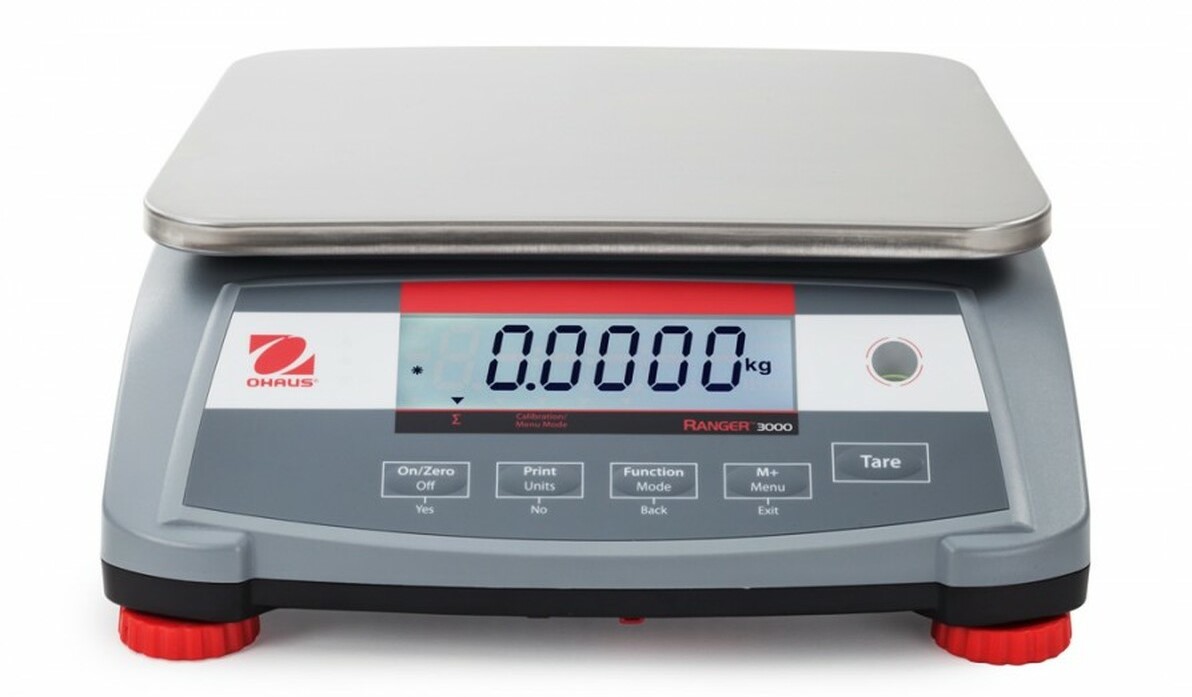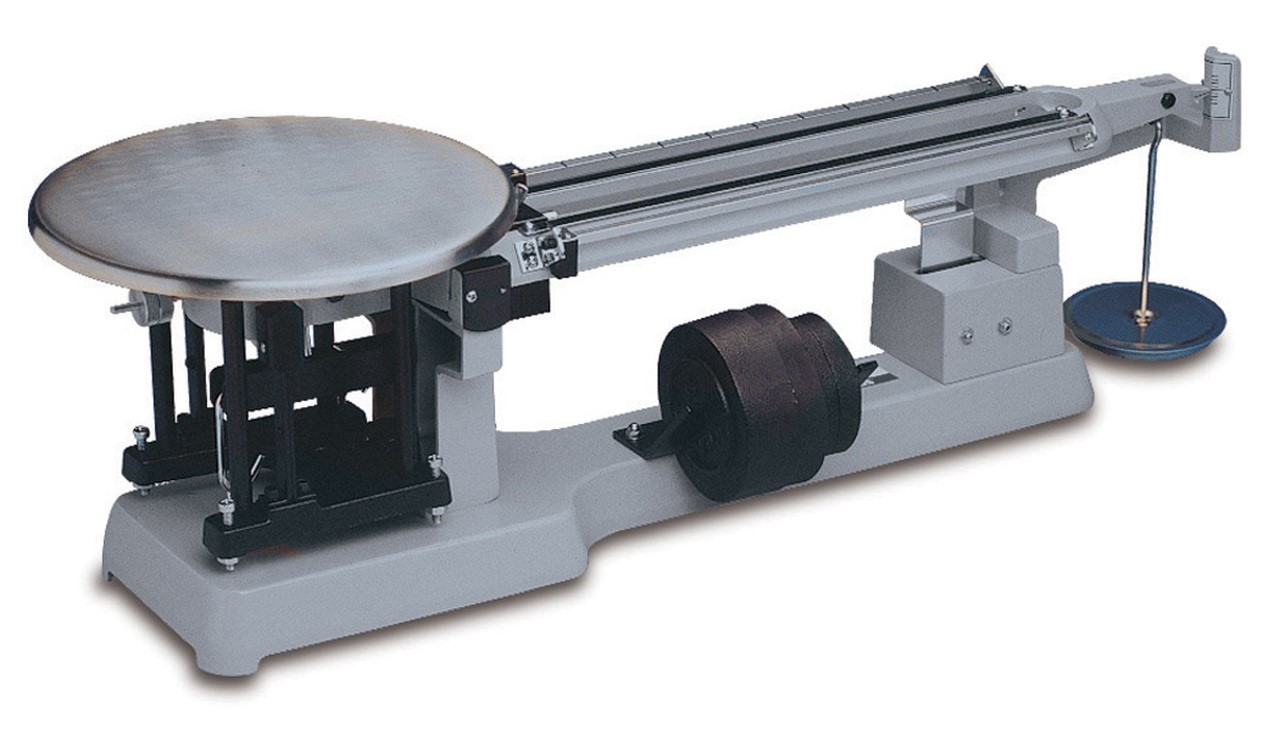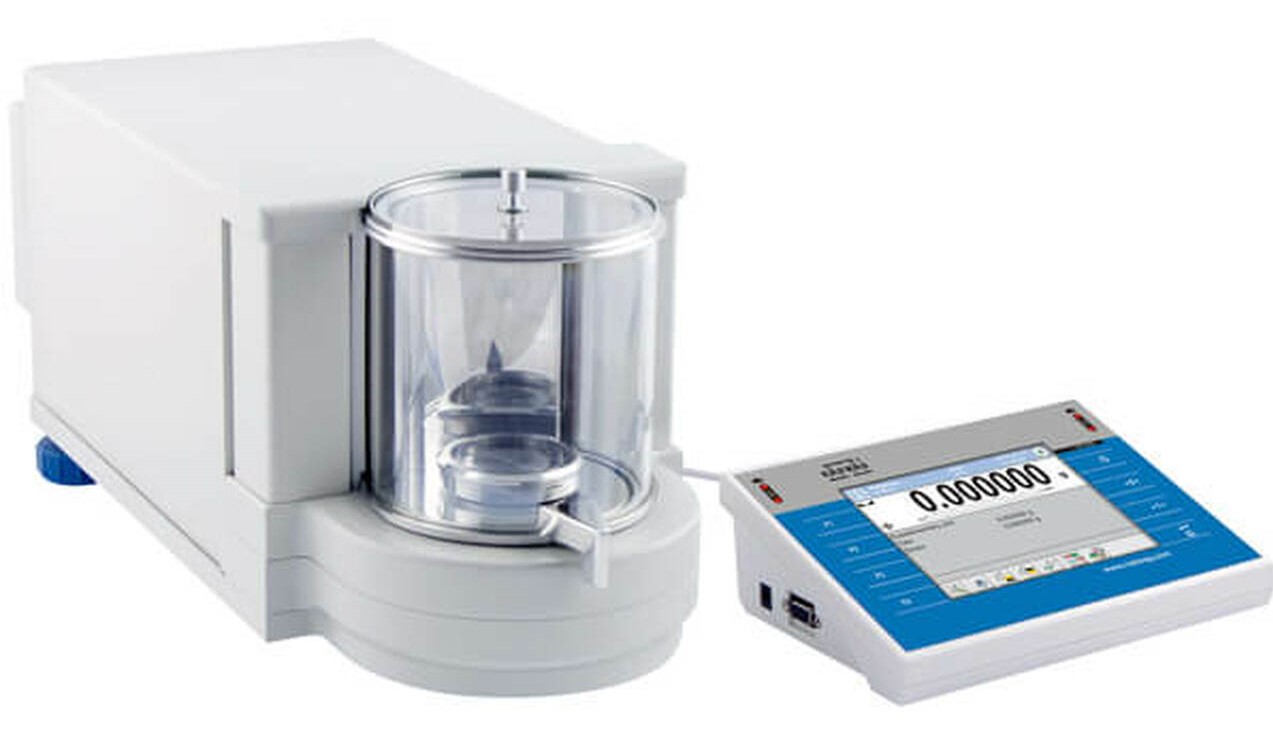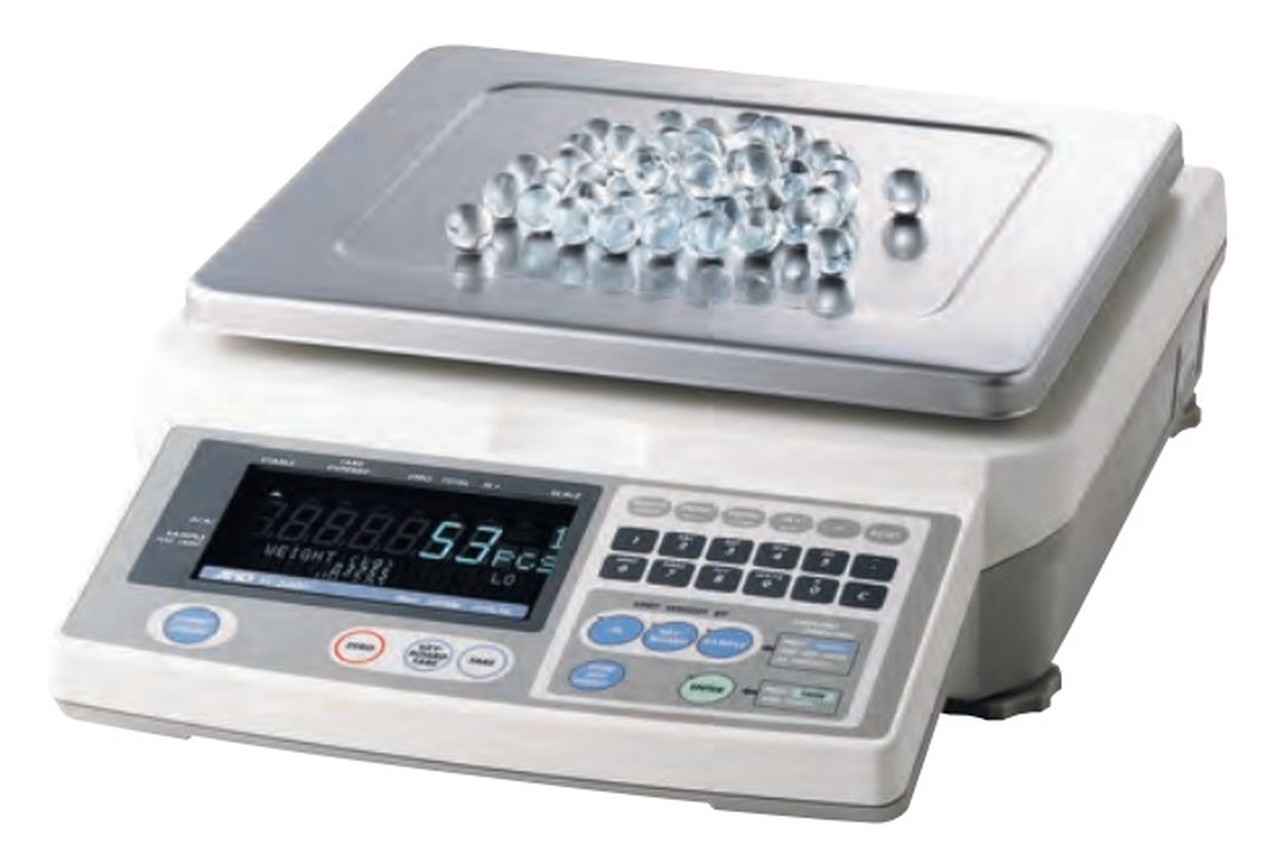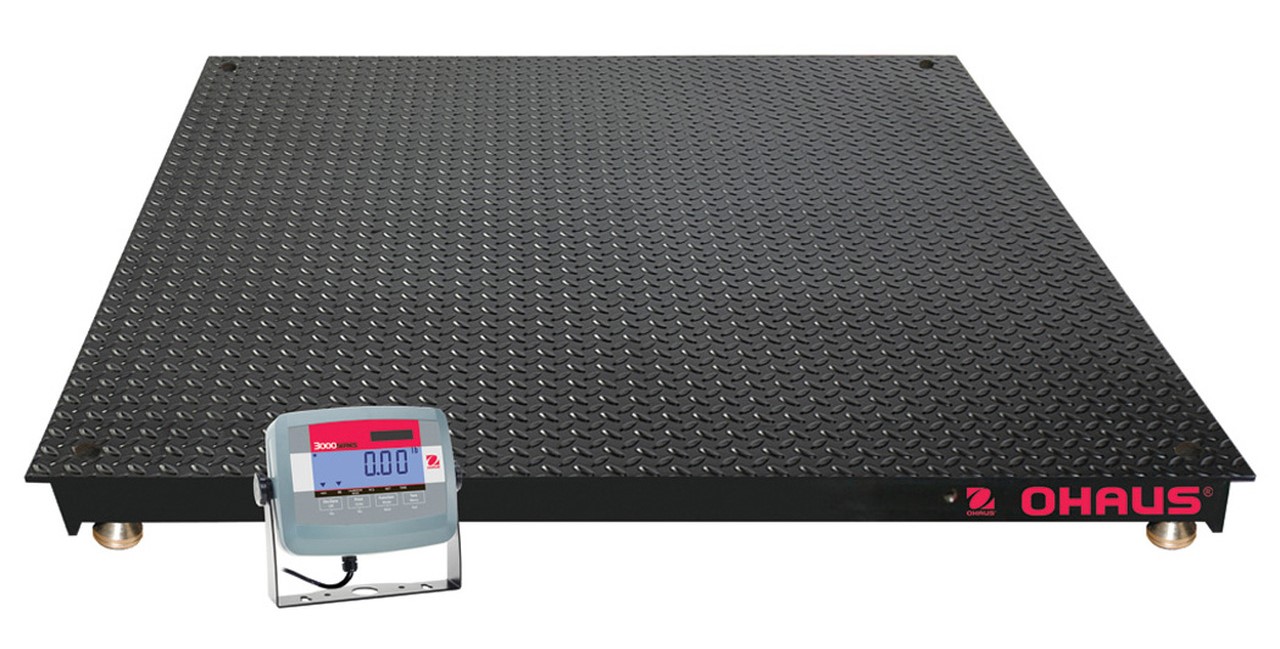Balances vs. Scales: Is There a Difference?
Posted by Greg J. on Nov 30th 2021
English can be hard sometimes. With so many words that mean very similar things, it can be especially difficult to not use them interchangeably from time to time.
Let’s be honest, at some point we’ve all been guilty of saying infamous when we meant famous, sympathy when we meant empathy, or sadistic when we meant masochistic. It happens.
What’s harder to believe is that there exists such confusion in the weighing world, an industry that prides itself on precision and accuracy. But believe it you must, because even some of the biggest names in the industry—from Mettler Toledo to OHAUS—have interchangeably referred to their products as balances, scales, and even balance scales.
And as much as we hate to admit it, we too have fallen victim to this cardinal sin of word-swapping.
Fortunately, the best way to clear the air and nip this bad habit in the bud is to educate yourself on what sets these two weighing words apart. Because, yes, there is a difference between balances and scales.
BALANCE VS. SCALE – THE MAIN DIFFERENCE
The primary difference between these two weighing terms is that balances tend to be more mechanical in nature and strictly measure mass, whereas scales operate digitally and measure weight. In order to further elaborate on this distinction, we’ll need to take a brief trip back to high school science class, so bear with us.
Balances Measure Mass
Balances are instruments that measure an object’s mass, which is essentially how much matter that object contains. This number will never change, no matter where on Earth (or otherwise) that object may be. The standard unit of measure for mass is kilograms (kg).
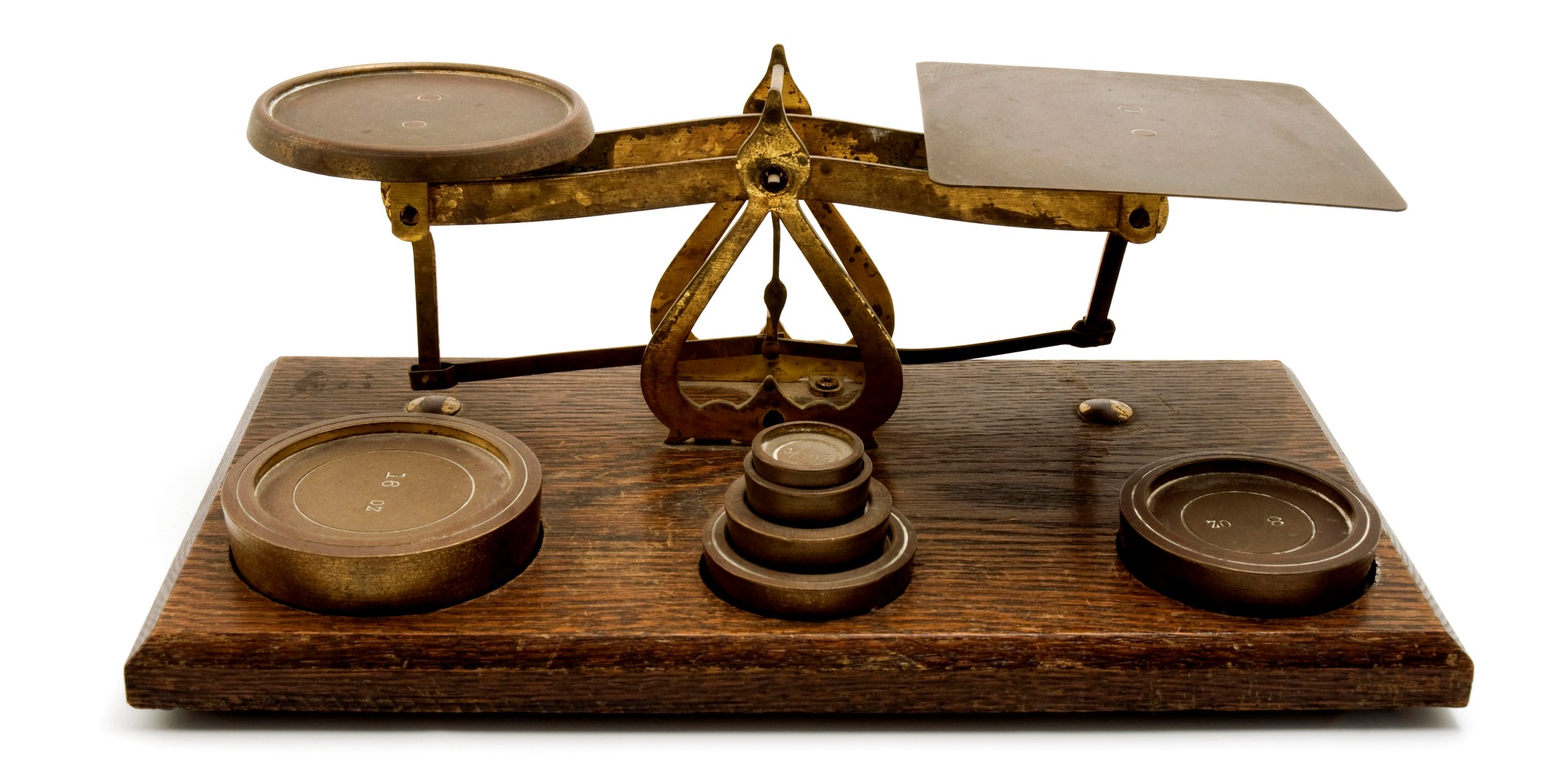
A TRADITIONAL EQUAL ARM (DOUBLE PAN) BALANCE
A true balance uses two objects to perform a measurement, one with a known mass and the other unknown. When you picture a balance, you’re probably imagining a traditional equal-arm balance, with a pan on each side. Since gravity would affect both of these objects equally, it’s essentially a non-factor.
Scales Measure Weight
Scales, on the other hand, measure an object’s weight, which is defined as the force acting on an object due to gravity. Unlike mass, weight is not constant and can change from place to place. For instance, an object on the moon would weigh far less than the same object on Earth, since gravity on the moon is a much smaller force. The standard unit of measure for weight is Newtons (N).
OHAUS R31P30 RANGER 3000 COMPACT BENCH SCALE
A digital scale uses a small device called a load cell to determine the electrical resistance of an object. Even though this resistance force is technically a weight, a correctly calibrated scale can make the force of gravity mostly negligible, which is why most scales display measurements in kilograms.
TYPES OF BALANCES
There are six main types of balances in use today. Traditional balances are used for more general weighing, whereas modern balances are primarily used in medical and laboratory settings, thanks to their increased level of precision and repeatability.
Traditional Balances
- Equal Arm Balances: Quite possibly the oldest balances in existence, equal arm balances—also known as double pan balances—trace their roots back to ancient Egypt. They operate using two pans suspended on equal arms (hence the name) over a central fulcrum. Nowadays, these scales are mostly used in early education classrooms or for decoration in the offices of attorneys.
- Torsion Balances: Torsion balances use a steel tension band as the fulcrum and are still commonly seen in pharmacy schools around the world. Popularized by Torbal, these innovative scales require no calibration, no power source, and no moving parts, making them the perfect out-of-the-box weighing instrument.
- Beam Balances: Dual or triple beam balances were most commonly seen in doctor’s offices and high school laboratories, although that usage has been slowly faded out in recent years. They operate using two or three beams, each with sliding calibration weights and a different scale—measuring hundreds of grams, tens of grams, or single grams.
OHAUS 1119-D0 HEAVY-DUTY DUAL BEAM BALANCE
Modern Balances
- Precision Balances: Also known as top-loading balances, precision balances—as their name suggests—are accurate down to 0.001 gram. Precision balances are commonly used in lab settings for all sorts of testing and quality assurance applications.
- Analytical Balances: An analytical balance is a highly precise type of scale designed to measure a small substance or object down to 0.0001 grams. Due to the level of sensitivity required, most analytical balances are used in conjunction with a draft shield and/or anti-vibration table.
- Micro Balances: Micro balances are reserved for only the most precise applications and are a bit of a sub-category of their own. These include semi-micro balances (0.01 mg), micro balances (0.001 mg), and ultra-micro balances (0.1 μg).
MYA 5.4Y.B MICRO BALANCE, WITH WIRELESS TERMINAL
TYPES OF SCALES
When it comes to digital scales, there are dozens of different varieties, each with its own unique designs, features, and preferred applications. We’ve included below some of the most common types of industrial scales that we sell here at Scales Plus.
- Bench Scales: Bench scales refer to any scale that can be used on a table or workbench. They can have any number of functions and features, with a large range of available capacities and sizes.
- Food Scales: Food scales are commonly used for food manufacturing, restaurants, and farmers' markets. They generally have an IP rating which is important in the foodservice industry due to the washdown requirements in food-grade facilities.
- Shipping Scales: One of the most important parts of a good shipping area is the weighing process. That’s why shipping scales are some of the most reliable, accurate, and long-lasting scales on the market.
- Counting Scales: Counting scales are one of the most commonly used scales throughout the world. That’s because they simplify a task that would otherwise take excessive amounts of time to complete—counting!
A&D WEIGHING FC-50KI COUNTING SCALE
- Pallet Truck Scales: A pallet truck scale is a digital scale that can be quickly moved from pallet to pallet to collect weights for shipping and quality assurance. Their most common applications are shipping and receiving, warehousing, industrial manufacturing, and farming.
- Crane Scales: Crane scales are suspended instruments used for weighing large and heavy objects. They are an integral part of many industrial operations, from shipping and receiving to foundries and commercial fishing.
- Drum Scales: A drum scale is used for measuring the weight of a large barrel. They usually include an optional ramp or a built-in ramp and are generally portable with a low profile for easy loading and unloading.
- Floor Scales: Floor scales are a great tool for weighing objects that are too large to lift by hand but still need to be weighed. They are commonly found in warehouses, shipping and receiving, industrial manufacturing, and food processing.
OHAUS FLOOR SCALE VN31P5000L
SHOP THE BEST SELECTION OF SCALES AND BALANCES AT SCALES PLUS
At Scales Plus, we have a huge selection of industrial scales, laboratory balances, and everything in between. For more information about these incredible weighing instruments, their particular uses, and how to properly operate them, please contact one of our industry experts. We are always happy to help!


